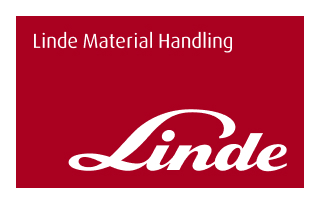- Blog
- Technical


Forklifts and pallet stackers are two of the most essential pieces of equipment—but they’re built for very different tasks. Choosing the right one can significantly improve your operational efficiency, safety, and overall return on investment.
At Linde Material Handling Australia, we understand that each business has unique warehousing and logistics challenges. Whether you're managing a small warehouse or a large industrial site, understanding the differences between forklifts and pallet stackers is the first step to making smarter equipment investments.
A pallet stacker is a compact, manoeuvrable material handling device designed to lift and stack pallets at lower heights. They're ideal for indoor operations with limited space and are generally used for light to medium loads over short distances.
There are several types of pallet stackers to suit varying needs:
A forklift is a heavy-duty powered industrial truck used to lift and move materials over longer distances and to higher lift heights. Forklifts are more versatile and powerful, making them suitable for outdoor and high-capacity operations.
|
Feature |
Pallet Stackers |
Forklifts |
|
Load Capacity |
Light to medium (up to 2 tonnes) |
Medium to heavy (up to 18 tonnes) |
|
Mobility |
Walk-behind / stand-on |
Sit-down ride-on |
|
Lift Height |
Up to 3–5 metres |
Up to 10 metres or more |
|
Operating Space Needed |
Small spaces |
Larger indoor/outdoor areas |
|
Power Source |
Manual, electric |
Diesel, LPG, electric, fuel cells |
|
Training Requirement |
Minimal |
Requires licensed operator |
|
Cost |
Lower |
Higher upfront and operating cost |
Not sure which to choose? Let's discuss it further with some real-world guidance.
If you’re running indoor operations or environmentally sensitive sites, electric-powered options are a smart move. Both electric forklifts and electric pallet stackers offer energy efficiency and low emissions.
At Linde Material Handling Australia, we provide a wide range of electric forklifts, pallet stackers, and pallet trucks. These models are designed to meet all of your material handling needs.
If you need lift trucks for your distribution centre or stackers for your retail backroom, Linde has the right equipment for you.
Are you unsure what you need? Our team is ready to help you find the perfect material handling solution.
Explore Linde’s range of forklifts and stackers today.
Do I need a licence to operate a pallet stacker?
Not always. Many walk-behind stackers require minimal training, but it’s best to check with your safety officer or local regulations.
What is the difference between a pallet truck and a stacker?
A pallet truck only lifts pallets just off the ground for transport, while a stacker can lift and stack them on shelves.
Are electric forklifts better than diesel forklifts indoors?
Yes. Electric forklifts produce no exhaust fumes, making them ideal for indoor environments.
How much does a pallet stacker cost compared to a forklift?
Pallet stackers are generally more affordable, with lower upfront and maintenance costs than forklifts.
Check out our product range in the link below.
VIEW OUR RANGE